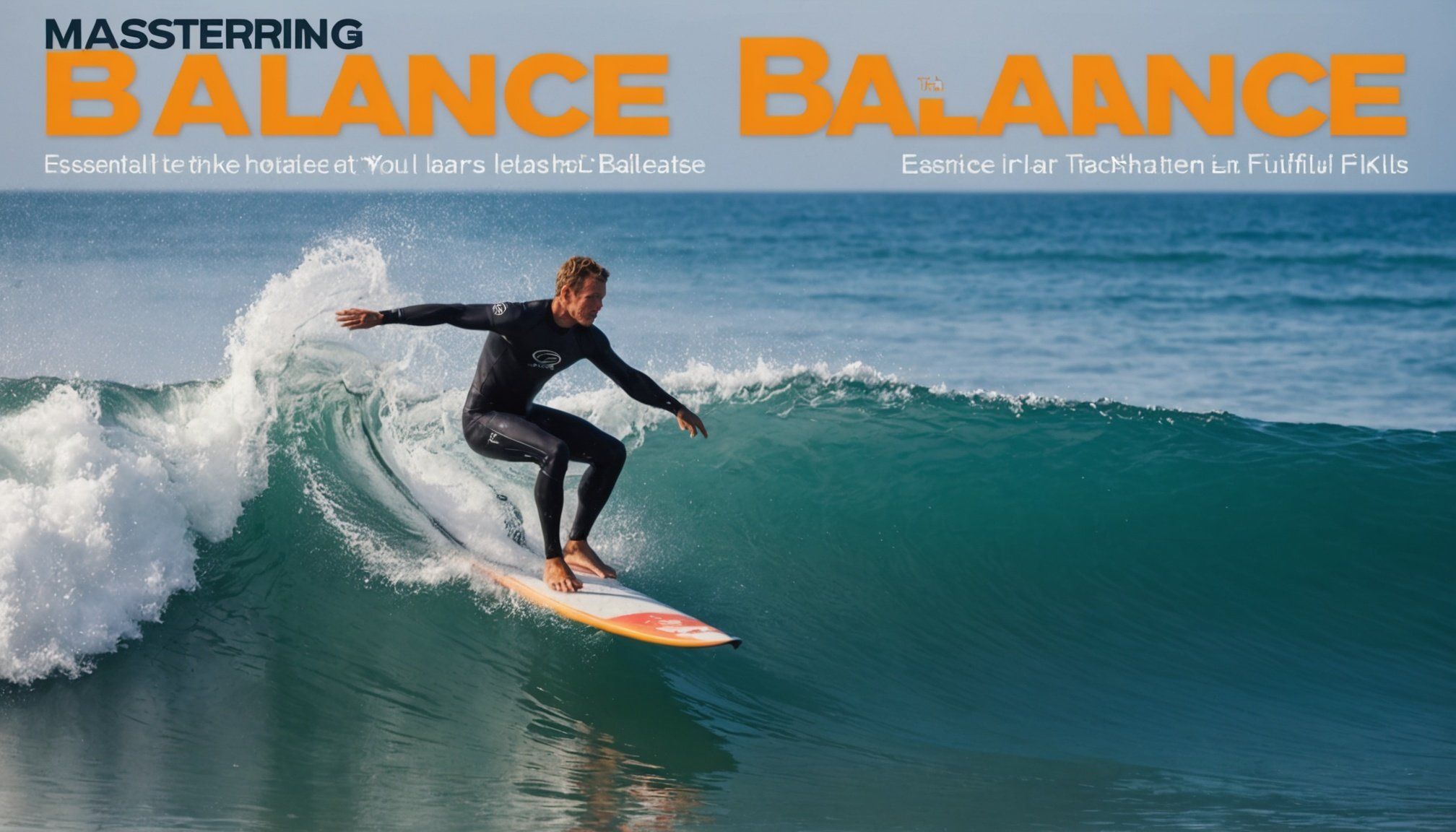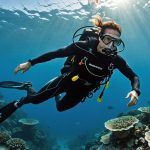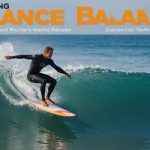Importance of Balance in Surfing
Balance is a fundamental aspect in achieving superb surfing performance. It directly influences wave riding and maneuverability, skills essential for executing complex movements on the water. When surfers master balance, their ability to ride a wave with finesse dramatically improves, allowing for smoother transitions and precise turns.
Balance affects every wave encounter. A well-balanced surfer can adapt to the dynamics of shifting waves, maintaining stability even in turbulent water. This skill boosts surfing skills enhancement, enabling surfers to perform more confidently and dynamically. Balance helps ensure that riders can react swiftly and efficiently, enabling the discovery of new techniques and styles.
Also read : Mastering dive entry: proven strategies and expert tips to elevate your skills!
Real-world examples clearly show how critical balance is for surfing success. Professional surfers often credit their balance for their ability to execute complex maneuvers seamlessly. One surfer, for instance, described how balancing on turbulent waters allowed him to anticipate wave changes and adjust his position accordingly, preventing falls and maximising ride duration. Strengthening the connection between balance in surfing and performance can transform a novice rider into an accomplished athlete. Understanding and incorporating balance exercises are thus indispensable in refining one’s ability to surf effectively.
Essential Techniques for Enhancing Balance
Improving balance is crucial for mastering surfing techniques. Incorporating specific surf balance techniques and balance training exercises can significantly elevate one’s surfing game.
Also to read : Mastering the sprint: key strategies to boost your track and field starts
Core Strengthening Exercises
Strengthening your core is foundational for better balance. Engaging in plank variations enhances stability, while resistance training targets core engagement, crucial for maintaining poise on the board. Using balance boards can mimic surf conditions, offering practical training benefits by challenging your balance reflexes in a controlled environment.
Foot Placement and Stance
Proper foot placement is essential when tackling different waves and surfboards. Positioning changes with varying wave conditions can impact stability and performance. Visualizing balance through correct stance alignment is a vital aspect; it enables surfers to predict movements, yielding more effective wave engagement.
Drills to Improve Balance
Incorporating static balance exercises like yoga can help build foundational stability. Dynamic movements on land can effectively simulate surfing scenarios. Engaging in partner drills provides valuable feedback and allows for small stance adjustments, deepening your understanding of balance nuances. These strategies collectively offer comprehensive training that can translate to notable improvements in actual surfing conditions.
The Connection Between Mental Focus and Balance
Mental focus in surfing plays an integral role in maintaining balance. When facing unpredictable waves, concentration becomes vital. How important is mindfulness in surfing? Precision demands a clear mind. Increased awareness helps surfers maintain their psychological balance, navigating waves confidently.
Techniques to enhance concentration include mindfulness practices, such as meditation or focused breathing. These exercises can significantly reduce distractions, anchoring surfers in the moment. How can mental preparedness affect performance? Being mentally ready translates directly into improved physical responsiveness. Surfers can anticipate environmental changes, react swiftly, and maintain poise under pressure.
Real-world examples show that mental strength is as essential as physical readiness. Professional surfers often integrate mental training into their routines. By learning to focus, they experience a harmonious balance, achieving enhanced surfing capabilities. A surfer once shared how mental exercises helped him stay centered, turning instinctive reactions into deliberate actions.
Psychological preparedness intertwines with physical ability, forming the foundation of skill mastery. Recognising this link empowers surfers to pursue a holistic training regimen. Encouraged by mental clarity, they can elevate their surfing experience, performing with confidence across varying wave conditions.
Testimonials and Insights from Experienced Surfers
Surfer testimonials offer invaluable insights, shedding light on the evolution of balance skills and the unique journeys of seasoned surfers. Many share that the key to mastering balance, an essential surfing skill, includes overcoming challenges such as changing wave dynamics and learning to synchronize physical actions with mental focus.
Professional surfers emphasise that recognising these challenges early can significantly boost one’s surfing prowess. They consistently point out that maintaining composure amidst unpredictable conditions is vital. For instance, one surfer recounted an experience where continuous balance practice transformed his rides, allowing him to handle larger waves with confidence.
Expert surfing tips often highlight the importance of a dynamic stance and adaptable techniques in various conditions. Professionals advise on experimenting with different foot positions and staying flexible with movements, to swiftly adjust to the demands of each wave. This pragmatic approach can lead to notable improvements and greater surfing efficiency.
Moreover, engaging with experienced surfers by attending workshops or community events can refine your skills through shared experiences. Open discussions and receiving advice from those knowledgeable in balance mastery can significantly enhance one’s surfing abilities and foster growth in a supportive environment.
Visual Aids and Resources for Balance Training
Exploring surf training resources can be pivotal in mastering balance. These tools not only enhance understanding but also provide practical ways to apply techniques in real-world settings.
Video Tutorials
For balance improvement tools, video tutorials are highly effective. They visually demonstrate balance techniques, aiding learners in grasping complex movements. Popular channels showcase instructional videos that focus on enhancing balance through detailed explanations and demonstrations. These tutorials help bridge the gap between theory and practice, making learning more engaging and applicable.
Books and Guides
Providing deeper insights into balance concepts, books and guides are invaluable. They offer comprehensive understanding across various surfing styles, contributing to structured training plans. Resources like these equip surfers with the knowledge needed to fine-tune their skills and implement balance strategies more effectively.
Community Involvement
Engaging with surf-focused community groups offers multifaceted benefits. Participating in workshops and classes enhances skill sets through shared experiences. Collaboration with fellow surfers fosters growth by exchanging expert surfing tips and reinforcing balance strategies in a supportive environment. Community involvement enriches training dynamics, making learning an adventurous and enriching journey.











